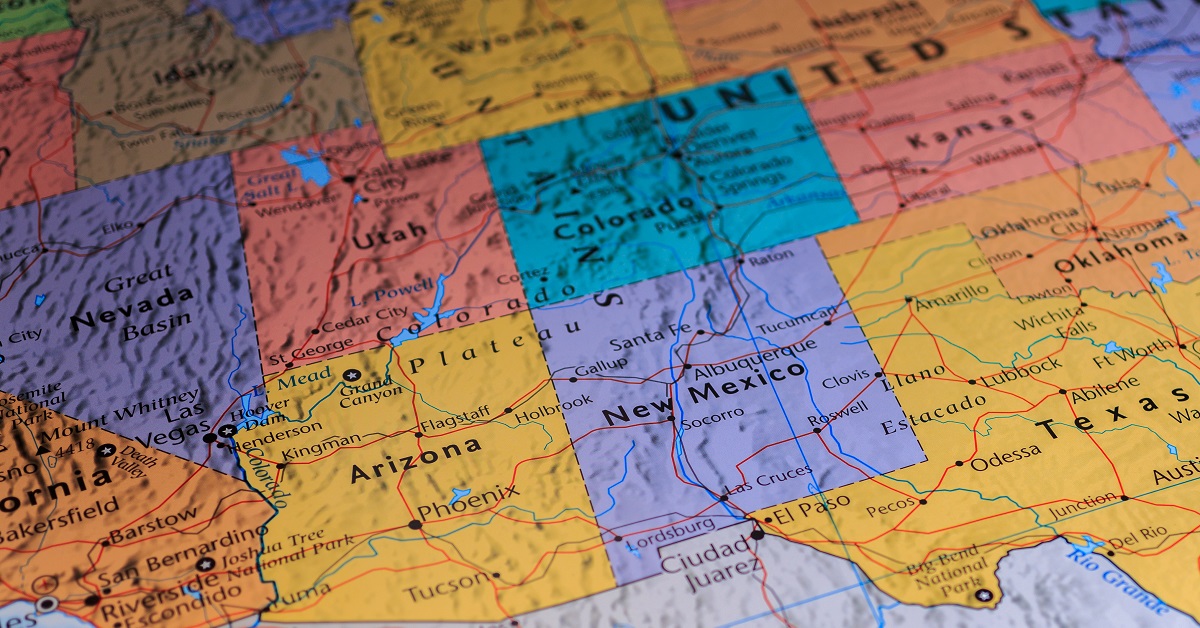According to the Bureau of Labor Statistics, registered nursing is one of the fastest-growing occupational fields in the country. The U.S. is expected to need an additional 193,100 nurses per year over the next 10 years. This increasing demand contributes to a projected increase in hourly earnings of $12.82 in 2033 over today.
- 2013 Hourly Earnings: $33.13
- 2023 Hourly Earnings: $45.49
- 2033 Projected Hourly Earnings: $74.09
As RN salaries are projected to increase, there are challenges ahead directly related to the number of RNs available in the future.

Source: TollFreeForwarding
Taking a closer look at data from the American Association of Colleges of Nursing, there are challenges ahead.
There are 4 key trends impacting the future workforce:
- The number of students in entry-level baccalaureate nursing programs decreased by 1.4% last year, ending a 20-year period of enrollment growth in programs designed to prepare new registered nurses (RNs).
- Most individuals pursuing a career as a registered nurse in the U.S. enter the profession with a Bachelor of Science in Nursing (BSN) degree offered at 844 colleges and universities. Data from AACN’s Fall 2022 survey show that enrollment in BSN programs declined by 1.4% or 3,518 students from 2021 to 2022. This was the first time since the year 2000 that enrollments decreased in these programs
- At the baccalaureate level, the number of students in RN to BSN degree-completion programs decreased significantly for the fourth consecutive year. These bridge programs for nurses entering the nursing profession in an associate degree or diploma programs provide an important pathway for nurses looking to advance their education to better meet patient care needs and employer expectations
- At the graduate level, students in master’s programs decreased by 9.4% (13,965 fewer students) since 2021, marking the second year of enrollment decline. Currently, 658 schools of nursing nationwide offer master’s degree programs with a population of 131,524 students.
Future Look
Last year, the total number of applications to baccalaureate and higher degree programs decreased by 5.3%, with programs receiving 721,182 applications in 2021 and 683,002 in 2022. Applications were down in entry-level BSN (-2.4%), RN to BSN (-14.5%), and master’s (-7.3%) programs.
Other Articles You Might Enjoy
5 Ways High-Functioning Team-Based Care Reduces Clinician Burnout
Fostering effective team-based care improves both the patient’s and the team’s experience of care delivery. In this article, we discuss the two different approaches to team-based care, the five core principles, and how to reduce clinician burnout.
Workforce Analysis: What are the Best States for Nurses to Work In? The Worst States?
Getting to know the nursing workforce by state helps to know states with the most job openings, salaries, and the best and worst states to work. We give you the intel.
4 Key Challenges to the Future RN Workforce
According to the Bureau of Labor Statistics, registered nursing is one of the fastest-growing occupational fields in the country.




